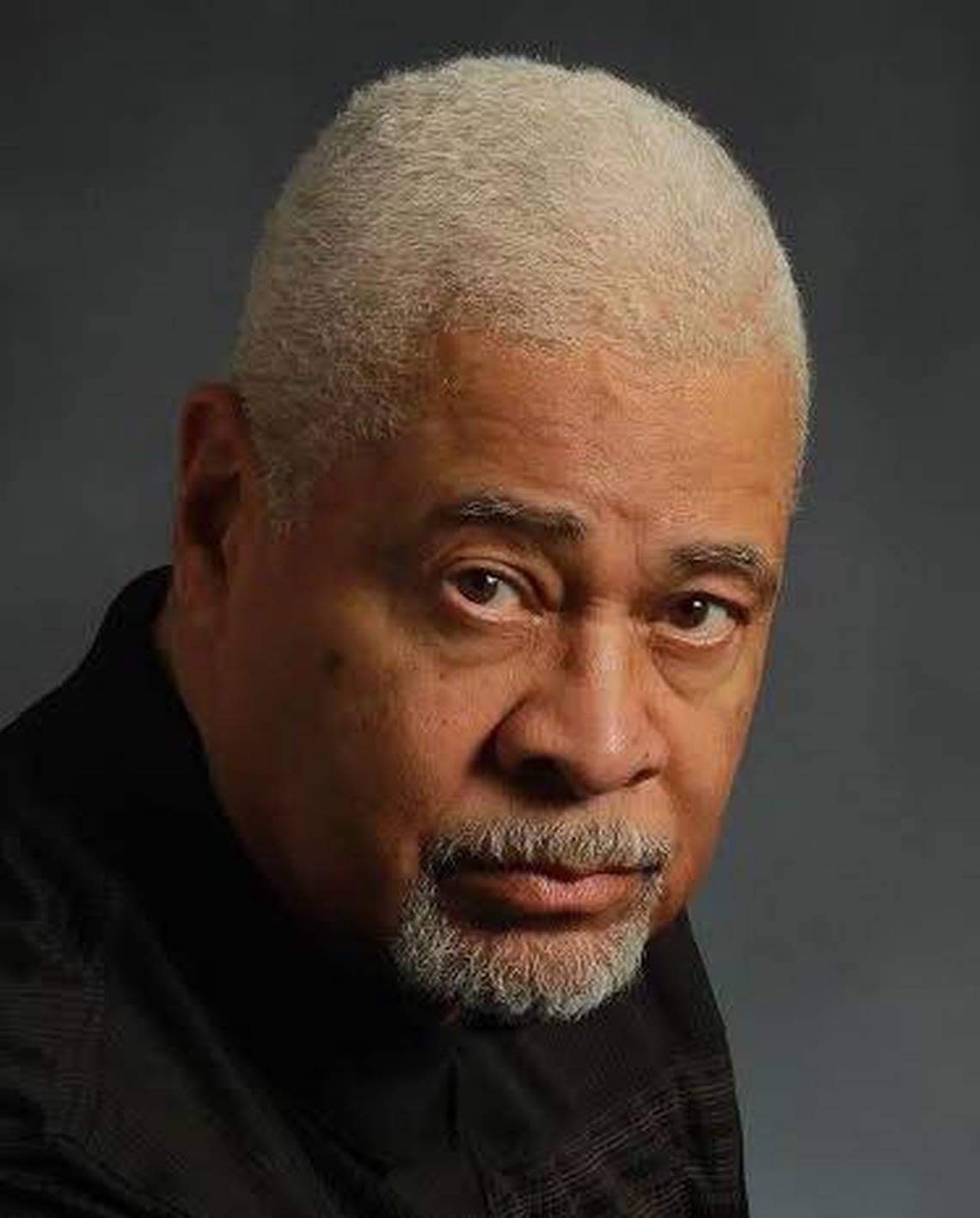Under the baobab: Looking back at the Columbia University protests of 1968

- Oops!Something went wrong.Please try again later.
- Oops!Something went wrong.Please try again later.
- Oops!Something went wrong.Please try again later.
Congratulations to the three members of the Nittany Lion wrestling family who will represent the U.S. at the Paris 2024 Summer Olympics: Kyle Drake, Kyle Synder and Aaron Brooks. Spencer Lee will have the opportunity to become an Olympian in Turkey. And congrats to the first round NFL draft picks: Olu Fashanu and Chop Robinson.
The State College Borough and the Penn State Sustainability Collaborative held its 11th Campus and Community Expo at the Borough Building. Over 100 participants were welcomed by Borough Manager Tom Fontaine and Lara Fowler, PSU Chief Sustainability Officer. Student participants Sean Griffin, Evan Gerard and Gregory Irons spoke. Closing remarks were made by State Rep. Paul Takac.
And last week in solidarity with the protesters at Columbia and dozens of other universities, several hundred students peacefully protested and marched for a cease-fire in the Israel/Palestine war.
The protest at Columbia University has a history.
It was April 23, 1968. Our Harlem-based theater group was rehearsing when we got word about a demonstration taking place at the site of Columbia’s proposed “Gym Crow” project in Morningside Heights Park. Columbia University proposed building a private gym for its students in Harlem’s public park. The community resisted. Even Mayor Lindsay was opposed to it.
That year was a tense one. Martin Luther King had been assassinated three weeks before, which resulted in turmoil and upheaval in most of America’s major cities. In February, in Orangeburg, South Carolina, police had opened fire on a crowd of 200 African American students, protesting racial segregation at a “whites only” bowling alley. Three students were killed and 17 were seriously wounded.
Students for a Democratic Society (SDS) and the Student Afro Society (SAS) were the organizers of the Columbia demonstration. Leading a march from the park site to Hamilton Hall on the university’s campus, they occupied the building. Students discovered that the university had developed strong ties to the Institute for Defense Analysis (IDA), which was contributing to the war in Vietnam.
In ‘68 over a half million American troops, mostly draftees, were deployed in Vietnam. Seventy thousand Americans had been killed or wounded. President Johnson announced that because of the war he was not going to run for re-election. The front-runner for the Democratic nomination for president, Robert Kennedy, was gunned down in California just over a month later. SDS wanted to expand the scope of the demonstration to include an antiwar element. SAS wanted to keep the entire focus on the gym, under their leadership. The rest of us, students and community activists, left Hamilton and occupied four other buildings. After nearly a week the NYPD brutally stormed the occupied buildings. Hundreds were injured and 700 students were arrested. The rest of us were thrown out into the street. A week later there were 177 more arrests.
The demonstration changed American history. The Columbia student uprising was the first time that American university students occupied university buildings in protest for an extended period. It was a major transition from civil rights to antiwar activism.
After Roosevelt, Johnson was considered the most successful president regarding domestic policy, particularly with respect to civil rights. He appointed the first Black Supreme Court justice, Thurgood Marshall, and the first Black federal cabinet member, Robert Weaver. He personally shepherded the 1964 Civil Rights Bill and the 1965 Voting Rights Act through Congress. In 1964 he had won in a landslide with 44 states with 486 electoral votes against his opponent’s six states and 52 electoral votes. Four years later in 1968 his chosen successor and Vice President, Hubert Humphrey, was defeated by Richard Nixon, who had lost to John Kennedy eight years earlier.
Most attribute the Dems’ political failure to Johnson’s Vietnam policies. This past weekend as Penn State students marched we are reminded — what goes around can come around.
Charles Dumas is a lifetime political activist, a professor emeritus from Penn State, and was the Democratic Party’s nominee for U.S. Congress in 2012. He was the 2022 Lion’s Paw Awardee and Living Legend honoree of the National Black Theatre Festival. He lives with his partner and wife of 50 years in State College.

